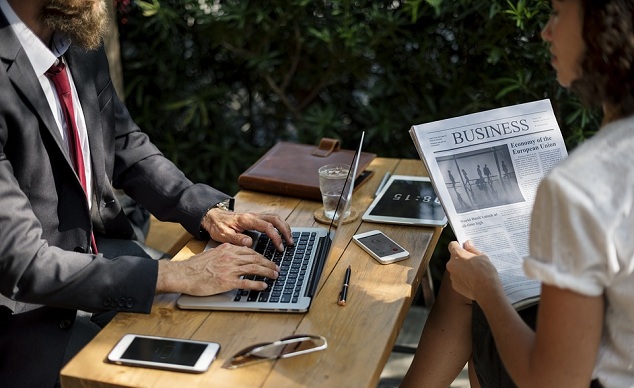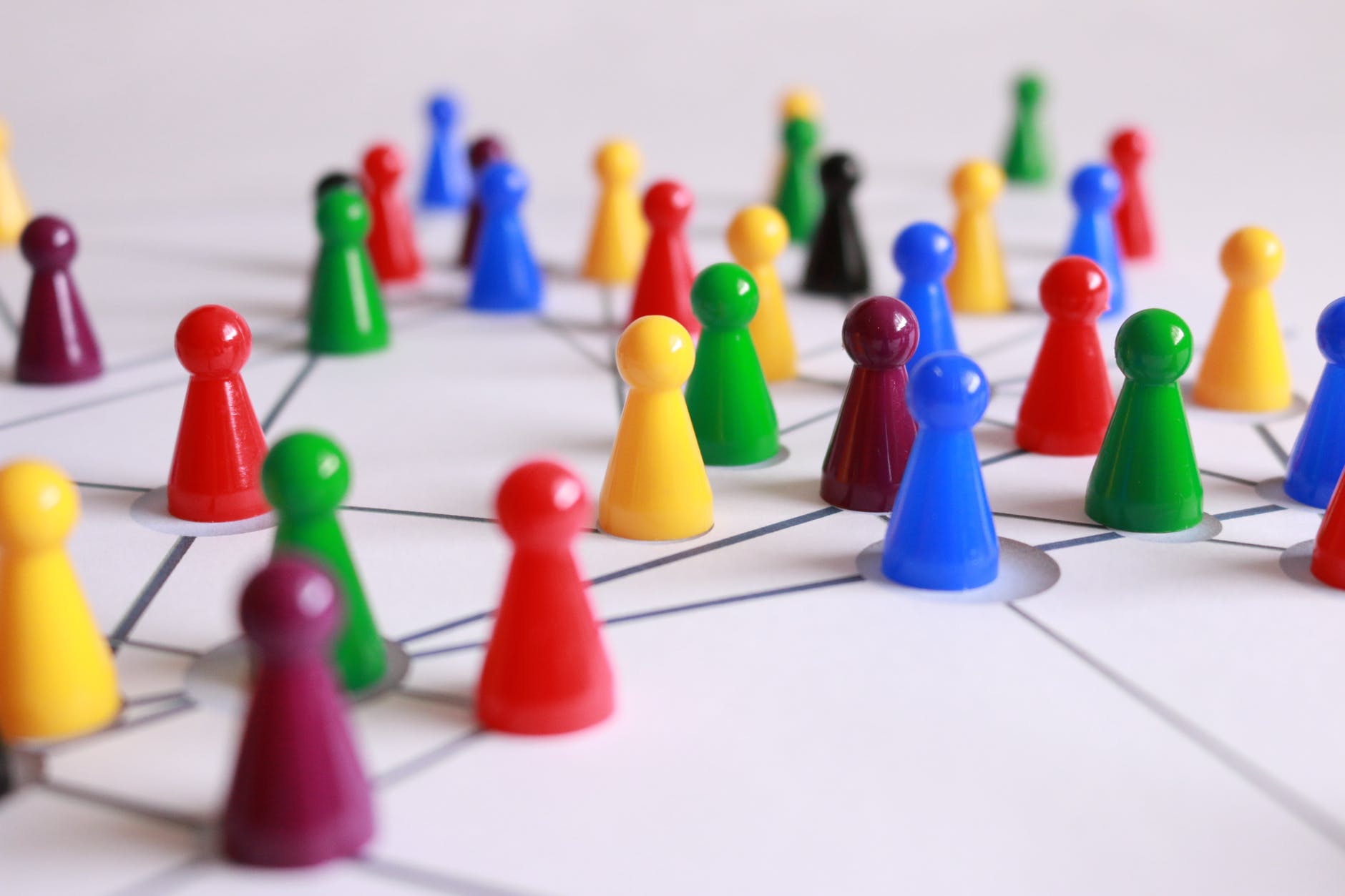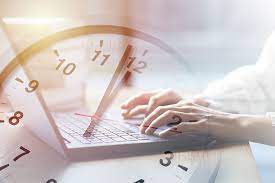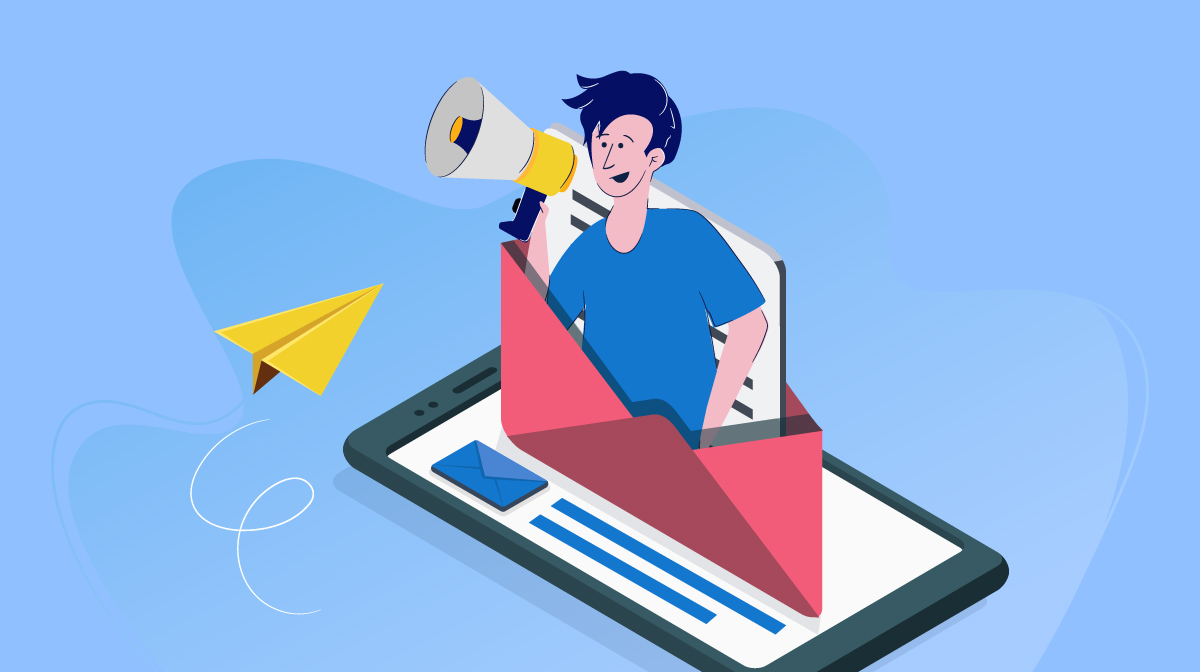Hello!
Creating an effective event marketing strategy is one of the most important steps to business success. But it’s also quite a challenge for marketers and business owners.
Why? Because there are various factors to consider – resources, objectives, presenters, content, and more.
 Most of these factors are within your sphere of influence. But what about the one that interests you the most? You guessed it right, it’s driving event attendance.
Most of these factors are within your sphere of influence. But what about the one that interests you the most? You guessed it right, it’s driving event attendance.
Thankfully, event email marketing helps you turn such a frustrating process into a walk in the park.
But before moving on to how to nail your event email marketing, let us break down what it’s about and why you should invest in it.
What Is Event Email Marketing, and Why Do You Need it?
We live in an era where digital marketing trends come and go, but there is one channel that never goes out of fashion when it comes to event promotion – or any other type of promotion, in fact – and that’s email.
Event email marketing comes down to sending high-quality email content to recipients to build hype and boost event registrations. Emails allow event planners to get prospects excited about their events, give them the motivation to register, and engage them even after the event is over.
 Event email marketing is much more than shooting off a few emails to announce your event. It’s a great opportunity to showcase your unique selling point without getting too pushy.
Event email marketing is much more than shooting off a few emails to announce your event. It’s a great opportunity to showcase your unique selling point without getting too pushy.
Dispatching email marketing material to prospects helps you build strong relationships with them, engaging them from day one and turning them into loyal fans for upcoming events.
Trusting the power of emails gets you one step closer to making the right people notice and remember your business. And if you think it takes too much time and effort, don’t worry; that’s not the case.
Investing in email marketing software like Sendinblue or a robust Sendinblue alternative takes the load off your shoulders, offering unlimited options to promote your event.
 Let’s review some of these options:
Let’s review some of these options:
- Setting up high-converting email sequences to pique registrants’ interest from the day they sign up to after the event is over.
- Personalizing your event invitations, reminders, or follow-ups to create tailored content that fits your audience’s needs and expectations.
- Collecting attendees’ feedback to monitor your event performance and gather valuable insights on what to improve in future event efforts.
- A/B testing your email messages to check what best resonates with your target audience and improve their performance based on the results.
- Encouraging attendees to share your event details with their connections, gaining access to more touchpoints, and building brand awareness.
With all the options available through a solid email marketing service, it’s a waste to limit yourself to one or two emails to promote your event. So, make sure to start early and create connections with your audience through the entire event lifecycle. But more on that coming right up.
6 Steps to Succeed in Event Email Marketing
Now that we have covered why event email marketing should be is your most trusted ally to advertise your event, it’s time to present you with a detailed guide to building a high-performing event email campaign.
1. Make the Announcement
After you have put together a great event, it’s time to let people know. Remember that first impressions always matter and that’s exactly what this email is.
 The event announcement email should include the following details:
The event announcement email should include the following details:
- The event name, date, and location
- A link to your registration page or other registration options
- The event line-up
Apart from these elements, you can add any information you deem necessary according to your objectives. However, don’t give up too much in this email since its main goal is to spark readers’ curiosity.
And even if you don’t have everything in place before dispatching your save-the-date email, don’t let this hold you back. You can always send out the basic details and maintain the mystery by informing subscribers the most exciting information remains to be revealed.
When it comes to the sending time for this email, that also depends on the type of event you are hosting. If it’s a popular film festival attracting people from around the world, you might want to start dispatching the event launch email a few months in advance to allow people to book flights, hotels, and the like.
But if case you are hosting an online webinar on how to create a virtual phone numberfor business professionals, a month or so will be adequate time for interested prospects to sign up.
2. Tease the Details
Marketers leverage this type of email – – or email sequence – – to stagger key details regarding events and keep recipients in the loop. You may have sent the event announcement email and have all the relevant information on your event landing page.
 Still, it’s equally important to dispatch teaser emails with the details until the actual date. This is the time to share additional information, such as a detailed agenda, interviews with the hosts, special prize announcements, and more.
Still, it’s equally important to dispatch teaser emails with the details until the actual date. This is the time to share additional information, such as a detailed agenda, interviews with the hosts, special prize announcements, and more.
Regardless of whether prospects have already registered for your event or not, you shouldn’t neglect to send teaser emails. Just make sure you segment recipients and share the information that meets each segment’s status.
People who signed up for your event will need specific information like the detailed line-up of presenters or fun facts about the keynote speakers, while those who are still in the consideration phase will want to know basic insights like the registration information.
It’s also a good idea to use short teaser videos featuring warm messages from the event organizers or behind-the-scenes material. You can even use testimonial videos from past attendees as a social proof element to urge current readers to become your next success story.
Apart from showcasing your event value, this kind of video content adds a human touch to your email promotions, making prospects relate to your brand and the people behind it.
What’s even more effective about including teaser videos in your event emails is that readers are more likely to share visual content with their network, which will, in turn, boost your event visibility.
3. Send Reminders
 Dispatching reminder emails is a bulletproof way to build excitement about your event. As the critical day approaches, you need to attract as many registrants as you can.
Dispatching reminder emails is a bulletproof way to build excitement about your event. As the critical day approaches, you need to attract as many registrants as you can.
Chances are your registrants are busy individuals that might get distracted by other priorities that demand their attention. So, you might also use reminder emails for people who have already registered to bring them back into the fold and urge them to add the date to their calendars.
To get the most out of your event reminder emails, incorporate elements that evoke urgency and straightforward CTAs that direct subscribers to buy tickets or register.
Excite your readers through the use of compelling visuals like personalized gifs or images, exclusive material, presenter bios, or any element you think will be of value to them. Once more, remember to put all the event details and highlight potential changes for them to know what to expect or what they should bring along.
For reminders to perform better and drive more attendance, you should send an email a few days before the event date and then one on the day itself. It’s also common among online event planners to dispatch a last reminder email a couple of hours before the event to avoid facing last-minute drop-offs.
4. Let Them Ask and Give Answers
When sending the first emails for your event, you probably won’t know beforehand all the potential questions your attendees have. To help you accurately capture and answer event questions, those emails should include a contact form where they can fill in questions regarding the event.
 You could also share the link to your contact form on your social media accounts to encourage them to ask questions. Pay attention to their inquiries to know where to focus in following communications and remove potential hesitations.
You could also share the link to your contact form on your social media accounts to encourage them to ask questions. Pay attention to their inquiries to know where to focus in following communications and remove potential hesitations.
Now that you have the questions, give them the answers they deserve.
Gather the most frequently asked questions and display them in an email a few days before your event. You could also share fun facts about your speakers or the planning process.
This type of email content will not only provide them with all they need to know, but will also create a sense of community. That’s an excellent way to excite recipients and provide helpful material that showcases your expertise. However, you might want to keep this one in a conversational tone and avoid sounding too formal.
5. Engagement never ends
A common mistake among event marketers and planners is that they think their work is done once the event is. But the truth is that if you neglect to follow up with attendees after the event completion, you are just losing extra opportunities to engage them further, gather valuable insights, and turn them into recurring customers for future events.
Staying in touch with your event registrants and nurturing them even after the event is over helps your brand stay at the top of their mind.
Moreover, such initiatives push them to become your loyal brand ambassadors and share their experience with their social media following.
 You have endless possibilities with this type of follow-up email, some of which are:
You have endless possibilities with this type of follow-up email, some of which are:
- Thanking them for joining your event to show appreciation for their time.
- Asking them to fill in surveys to collect feedback on your event or even ideas for upcoming ones.
- Giving them access to event statistics and any other type of post-event updates.
- Sharing helpful content like recordings, the presentation in downloadable form, event photos or videos, or any type of recap that you think they could use.
- Announcing winners in case you also hosted a giveaway contest in your event.
- Offering sharing options for them to let their connections know everything about their event experience.
- Teasing your next event and maybe offering early bird tickets.
6. Prepare for the next one
So, you managed to nail your event planning and get the right people to register and attend. You also made sure to engage them through well-thought-out follow-up emails and gather their input on what went right and where you could improve.
Is that all? Definitely not. When it comes to preparing for your next event, it’s never too early to kick things off.
 People that already attended your event are warm leads, which makes them a great starting point to build momentum for your upcoming event. And if it’s just around the corner, sending discounted early-bird tickets or exclusive sneak peeks is a great way to warm them up.
People that already attended your event are warm leads, which makes them a great starting point to build momentum for your upcoming event. And if it’s just around the corner, sending discounted early-bird tickets or exclusive sneak peeks is a great way to warm them up.
Now is also a good time to sit back and analyze attendees’ feedback and event data. The more information you gather from your attendees, the deeper you understand their preferences and can take them into account for future efforts.
By checking what worked for your target audience and what didn’t, you can make better decisions as to how to optimize your event performance.
Also read:
- Peru's Wonders: Enhanced with Reliable eSIM Tech
- Top Big-Ticket Items to Tackle First When Planning a Wedding
- Upcoming Technology That May Change The World
Final Words
Successful event email marketing starts with careful planning and a deep understanding of your target audience’s needs, aspirations, and pain points. Take the time to consider all the essential aspects of your event email marketing strategy, from the best time to send emails to the people involved in it.
 That way, you will be able to offer attendees an outstanding experience they will never forget.
That way, you will be able to offer attendees an outstanding experience they will never forget.
Armed with the tips outlined above, you are one step closer to making it happen. By following them, you will be able to put together an effective event email marketing plan and wait for tangible results.
And never forget to keep track of your event performance, test different elements to see what works, and implement the necessary changes to reach perfection.
Thank you!
Join us on social media!
See you!






